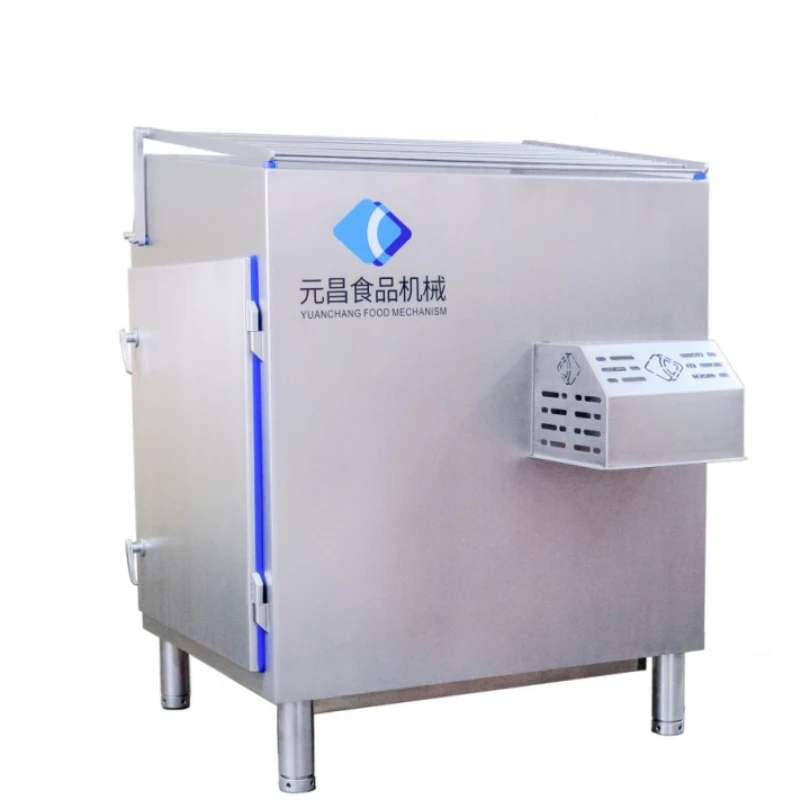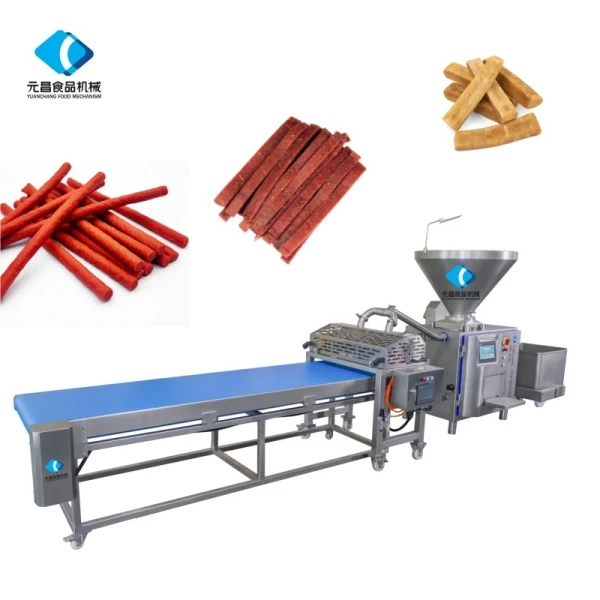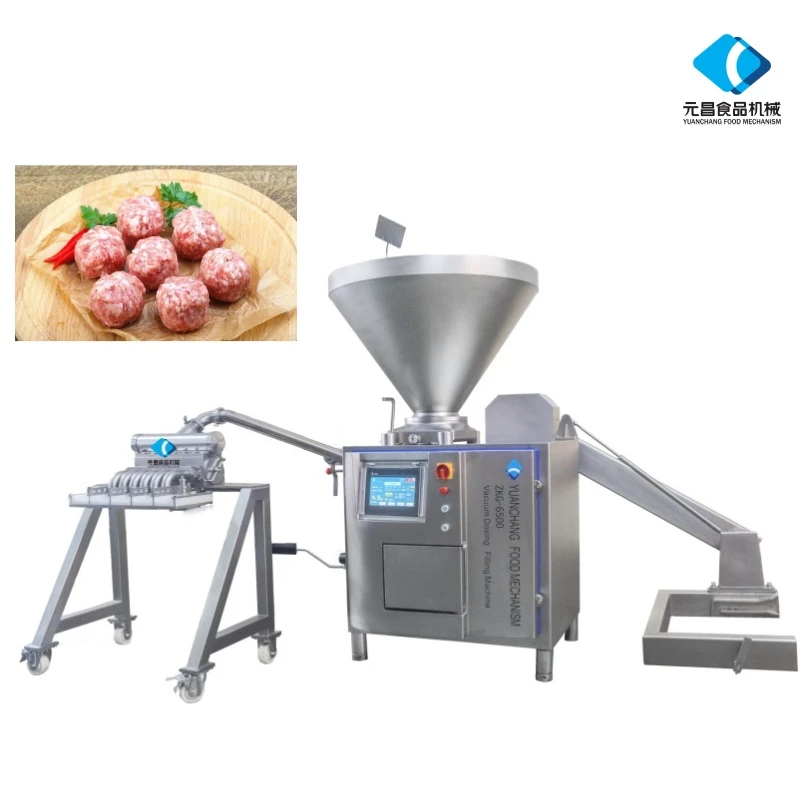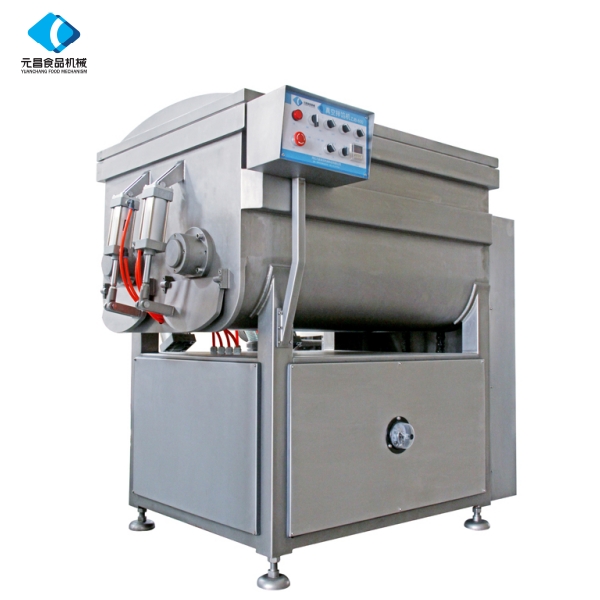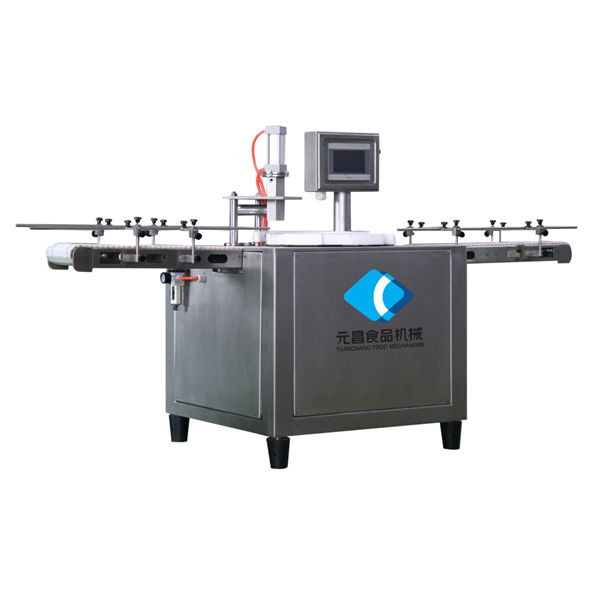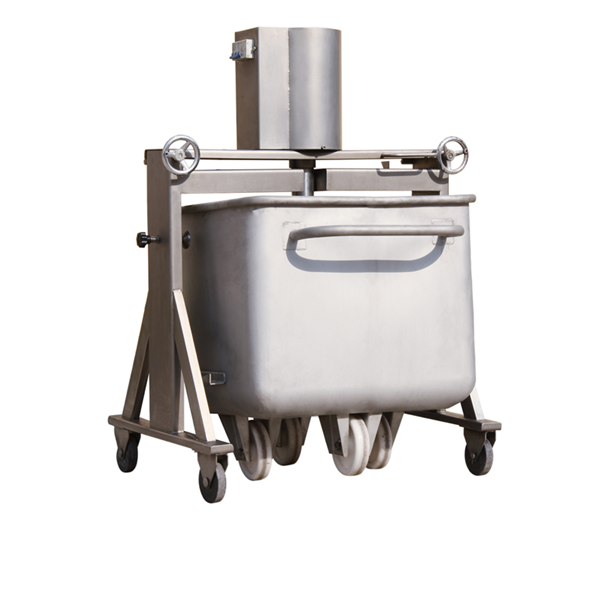- Afrikaans
- Albanian
- Amharic
- Arabic
- Armenian
- Azerbaijani
- Basque
- Belarusian
- Bengali
- Bosnian
- Bulgarian
- Catalan
- Cebuano
- chinese_simplified
- chinese_traditional
- Corsican
- Croatian
- Czech
- Danish
- Dutch
- English
- Esperanto
- Estonian
- Finnish
- French
- Frisian
- Galician
- Georgian
- German
- Greek
- Gujarati
- haitian_creole
- hausa
- hawaiian
- Hebrew
- Hindi
- Miao
- Hungarian
- Icelandic
- igbo
- Indonesian
- irish
- Italian
- Japanese
- Javanese
- Kannada
- kazakh
- Khmer
- Rwandese
- Korean
- Kurdish
- Kyrgyz
- Lao
- Latin
- Latvian
- Lithuanian
- Luxembourgish
- Macedonian
- Malgashi
- Malay
- Malayalam
- Maltese
- Maori
- Marathi
- Mongolian
- Myanmar
- Nepali
- Norwegian
- Norwegian
- Occitan
- Pashto
- Persian
- Polish
- Portuguese
- Punjabi
- Romanian
- Russian
- Samoan
- scottish-gaelic
- Serbian
- Sesotho
- Shona
- Sindhi
- Sinhala
- Slovak
- Slovenian
- Somali
- Spanish
- Sundanese
- Swahili
- Swedish
- Tagalog
- Tajik
- Tamil
- Tatar
- Telugu
- Thai
- Turkish
- Turkmen
- Ukrainian
- Urdu
- Uighur
- Uzbek
- Vietnamese
- Welsh
- Bantu
- Yiddish
- Yoruba
- Zulu
Commercial Bowl Cutter for Efficient Meat Processing Bowl Meat Cutter at Best Price
- Introduction to Commercial Bowl Cutter: Essential Equipment in Food Processing
- Technical Benefits of Bowl Meat Cutter
- Manufacturers Comparison and Data Insights
- Custom Solutions for Unique Production Needs
- Use Cases Across the Food Industry
- Insights into Bowl Cutter Price Factors
- Conclusion: Maximizing Efficiency with the Right Commercial Bowl Cutter

(commercial bowl cutter)
Introduction to Commercial Bowl Cutter: Essential Equipment in Food Processing
Commercial bowl cutter stands as a vital component in the world of food processing, particularly for meat, vegetables, cheese, and similar products. These machines have evolved to meet the escalating industrial demands for speed, uniformity, and hygiene. Whether outfitting a burgeoning meat processing line or upgrading an existing facility, understanding the technical prowess and operational benefits of a bowl cutter is crucial for optimized productivity.
Extensively used in sausage production, deli meats, vegan patties, and even fine emulsions, commercial bowl cutter
s leverage high-velocity rotating blades and advanced control systems to achieve precise cuts and blending. The efficiency delivered by these machines impacts not just capacity, but also product consistency and safety standards. Food manufacturing industries worldwide rely on them to maintain output, maximize ingredient utilization, and reduce manual labor costs.
Technical Benefits of Bowl Meat Cutter
Bowl meat cutters yield several vital technical advantages. One of the primary features is the rotor-knife design, which facilitates granulation, emulsification, and precise mixing of ingredients at variable speeds. Many industrial bowl cutters are engineered to reach rotational speeds of up to 5,000 rpm, enabling rapid processing of batches from 40 to over 500 liters, depending on the model. This high-speed processing dramatically shortens cycle times while ensuring fine and even texture across each batch.
Moreover, modern bowl meat cutters incorporate noise-reducing enclosures, programmable logic controls (PLC), and touch-panel interfaces for recipe management. Sanitary construction with stainless steel components and toolless disassembly remain standard, promoting rapid cleaning and reducing downtime. Safety is also a major concern; state-of-the-art interlock systems and emergency stop buttons protect operators and prevent accidental injuries. The integration of automated dosing and ingredient feed systems streamlines throughput for large-scale operations.
Manufacturers Comparison and Data Insights
Choosing the right bowl meat cutter depends largely on a thorough comparison of key manufacturers. The global commercial bowl cutter market is dominated by several leading brands, each offering distinct advantages in capacity, automation, energy efficiency, and service support. Manufacturers such as Seydelmann, Kilia, Maschinenfabrik Laska, and BowlTech consistently rank as top vendors. Below is a data-driven comparative analysis of prime models:
| Manufacturer | Model | Bowl Capacity (L) | Max Knife Speed (rpm) | Power Consumption (kW) | Automation Level | Approximate Price (USD) |
|---|---|---|---|---|---|---|
| Seydelmann | K 604 AC-8 | 200 | 4800 | 69 | Full Automation | 115,000 |
| Kilia | VarioMix 200 | 200 | 4500 | 59 | Semi-Automation | 92,000 |
| Laska | KUX 330 | 330 | 5000 | 80 | Full Automation | 134,000 |
| BowlTech | BT-120 | 120 | 4200 | 44 | Manual | 68,000 |
Statistics from the International Food Equipment Association (2023) demonstrate that automated bowl cutters improve capacity utilization by up to 38% while reducing product defects by almost 60% compared to older, manual models. When reviewing choices, it pays to evaluate not just purchase price but also anticipated labor costs, energy efficiency, and after-sales support.
Custom Solutions for Unique Production Needs
No two food production lines are identical. Customization in bowl meat cutter design is increasingly pivotal for processors with specialized requirements—be it gluten-free, allergen-free facilities, or complex multi-ingredient blends. Manufacturers offer tailored options such as vacuum processing chambers to prevent oxidation, direct CO2/N2 injection for temperature control, and integrated weighing systems for real-time batch adjustment.
For instance, high-output plants can opt for double-jacketed bowls with continuous chilling, enabling consistent texture and lengthening shelf life in sensitive products like emulsified sausages and pâtés. Modular knife assemblies allow for swift adjustment between coarse and fine cuts. Integration with upstream and downstream conveyors, as well as smart factory networks (IoT), ensures full traceability and rapid response to changing market demands. Programmable controls further enable processors to automate recipe changes and batch tracking, eliminating operator variability while optimizing consistency.
Use Cases Across the Food Industry
Applications for the bowl meat cutter extend far beyond meat processing plants:
- Meat Industry: The primary domain for commercial bowl cutters, supporting high-speed mincing, emulsifying, and mixing for sausages, frankfurters, and fermented meats.
- Plant-Based Foods: Bowl cutters efficiently process legumes and vegetable proteins for vegan sausages, patties, and spreads, maintaining required homogeneity and bind.
- Dairy Sector: Some cheese products—like processed cheese spreads—require precise emulsification and blending, efficiently achieved in a commercial bowl cutter.
- Baked Goods: Incorporation of fats, fruits, or nuts into doughs is simplified and uniform with bowl cutting technology.
- Pet Food Production: Creating smooth patés and fine-mince pet foods benefit from industrial bowl cutter capabilities for bulk ingredient handling.
Several success stories illustrate efficiency gains. For example, a European sausage manufacturer replaced outdated mincer-mixers with two Laska KUX 330 bowl cutters, seeing a 35% reduction in cycle time and 22% cost savings on labor within the first six months of operation. Similarly, a leading vegan foods producer deployed vacuum-equipped Seydelmann bowl cutters to maintain vibrant color and flavor in plant-based products.
Insights into Bowl Cutter Price Factors
The bowl cutter price is influenced by several key variables: capacity, automation degree, brand reputation, material specification, and included technology. For smaller enterprises, entry-level models can begin at just under $20,000, but reputable industrial bowl cutters often range from $60,000 to $150,000 for machines above 120-liter capacity.
Additional costs relate to optional upgrades—such as vacuum systems (adding 10-15% to base cost), digital interface panels, automatic unloading, or tailored software. Equipment longevity and total cost of ownership should be prioritized over the initial sticker price to ensure long-term value. Studies show that investing in higher-tier, energy-efficient systems yields measurable reductions in maintenance and utility expenses over a five-year period, outpacing savings from less-featured alternatives. Ultimately, the best approach is a carefully balanced analysis considering the intended scale, product type, and projected ROI.
Conclusion: Maximizing Efficiency with the Right Commercial Bowl Cutter
Implementing the right commercial bowl cutter is a catalyst for precision, safety, and profitability across food processing operations. As technology continues to push the boundaries of performance and efficiency, businesses that embrace advanced, tailored solutions will have the competitive edge in delivering consistent, high-quality products to market. From selecting the right specification to partnering with experienced manufacturers and considering future scalability, a well-informed investment in a modern bowl cutter positions any operation to thrive in an evolving marketplace. Evaluating data-driven comparisons, technical features, and potential for customization ensures your production facility will realize optimal throughput, minimized waste, and enduring product excellence.

(commercial bowl cutter)
FAQS on commercial bowl cutter
Q: What is a commercial bowl cutter used for?
A: A commercial bowl cutter is used for finely chopping, mixing, and emulsifying meat and other food ingredients in large quantities. It’s commonly used in the production of sausages and processed meats. The bowl meat cutter ensures consistent texture and quality.Q: How does a bowl meat cutter differ from a regular food processor?
A: A bowl meat cutter is specifically designed for processing meat by cutting, mixing, and emulsifying at high speeds. It operates with special blades and a rotating bowl to achieve a finer and more uniform mixture. Regular food processors may not handle tough meat or large batches as efficiently.Q: What factors affect the bowl cutter price?
A: The price of a commercial bowl cutter depends on its capacity, brand, materials, and additional features such as digital controls or multiple speed settings. Larger and more advanced models usually cost more. Maintenance and after-sales service can also influence the overall price.Q: Can a commercial bowl cutter process ingredients other than meat?
A: Yes, commercial bowl cutters can also process vegetables, cheese, nuts, and some doughs. Their versatility makes them suitable for a wide range of food preparation tasks in commercial kitchens. Always check manufacturer guidelines for each specific use.Q: How can I maintain a commercial bowl cutter for longevity?
A: Regular cleaning, proper lubrication of moving parts, and frequent blade inspections are essential for maintenance. Follow the manufacturer’s instructions for care and storage. Keeping the bowl meat cutter well-maintained helps ensure safe operation and long service life.-
Sausage Filling Machines – Automatic Sausage Filler & Efficient Linking Equipment for Meat ProcessingNewsJul.06,2025
-
High-Quality Meat Grinders – Tabletop & Electric Options for Home & BusinessNewsJul.05,2025
-
Drying Chamber for Sausage Products - Efficient & Consistent Maturation SolutionsNewsJul.05,2025
-
Manual Sausage Filler – Efficient Manual Sausage Filler Machine & Linker for Home and Commercial UseNewsJul.04,2025
-
Premium Jerky Processing Equipment for Efficient Beef Jerky Production High-Quality Beef Jerky Making EquipmentNewsJun.24,2025



